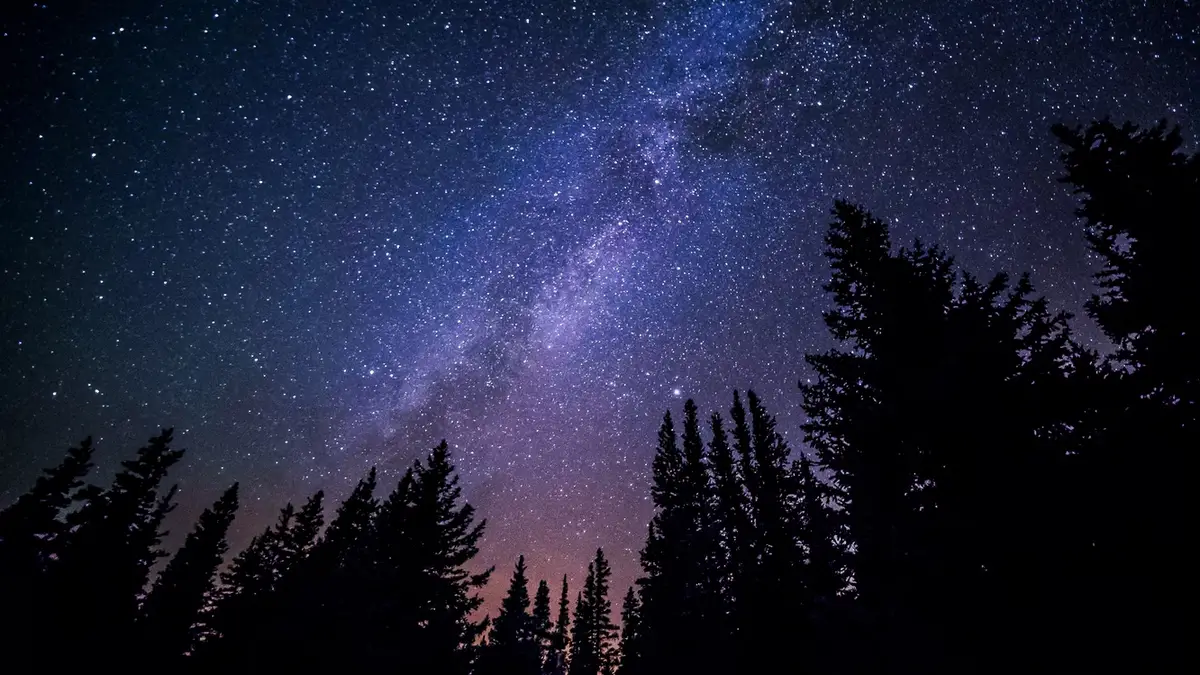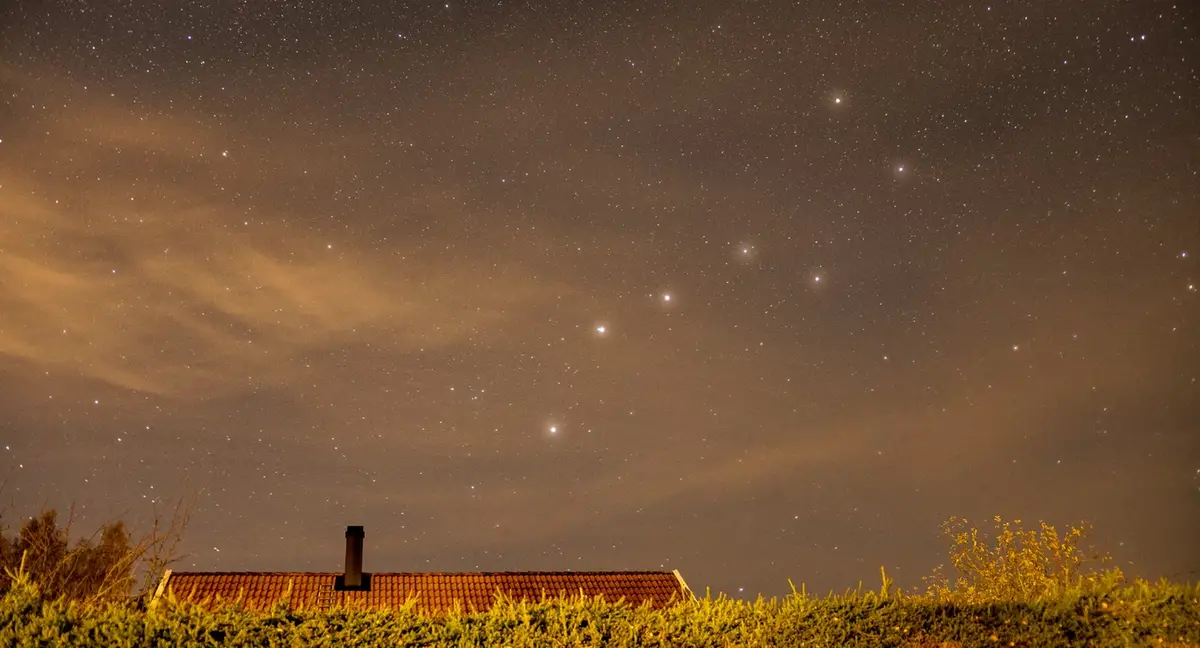
The most difficult part about trying to spot star constellations is determining which ones are the easy ones. Yes, it’s better to start with the easy ones and it gives kids hope to pursue stargazing.
If you are just beginning to explore astronomy, you need to know which constellations to look out for. Which ones appear the brightest and when? Where should you look and based on your location, what direction must you be facing?
We believe that once you get these facts right, nothing is obstructing you from having a date with the stars. Read on to know which seven stars you can introduce to your kids and where they can find them.
What Criteria Do I Keep In Mind While Stargazing?
There are some things you must remember while setting up to see the stars. Be sure to have a powerful telescope or binoculars with various lenses and filters.
Know what time of year it is and which stars will appear during that time. Remember to have your telescope set up in a sensible spot to optimize your scope. Orient your star chart to know which stars you are looking for.
It is also a good idea to minimize the amount of light in the room to enable you to see the night sky. You also need to be aware of your location’s temperature and weather conditions, as they will impact how well you can see the star constellations.
Which Stars Are The Easiest To Spot?
Remember when you were a kid and excitedly picked up your binoculars to see the stars? But had to wrap it up as you could see nothing but the black sky and a scattering of stars?
Well, it isn’t so hard for your children as this list focuses solely on simple constellations kids can see. What a time to be alive!

Here is a comprehensive list of seven stars you can spot, provided the weather conditions are in your favor, and you have the right equipment. Be sure that you aren’t just shooting in the dark and have a star chart or an app ready to guide you.
Ursa Major
You might have heard of this constellation by its popular nickname, which is the Great Bear. It also goes by the name of the Big Dipper in the United States and is a collection of seven stars.
It is a fascinating phenomenon for kids to spot, as it looks like a big bear in the sky. It is easy to spot, as it truly resembles a bear. Ever looked for a specific shape in the clouds or stars, but they didn’t exactly form what they were supposed to?
Well, with Ursa Major, your kids will see exactly what they are supposed to and will know if they have done it right. They can spot it all year round and especially in the Spring season.
This star constellation is easy to spot owing to its brightness. Two of the brightest stars in the night sky, Merak and Dubhe form the constellation. They are among the fifty brightest stars in the sky and form a major chunk of this constellation.
Cassiopeia
This constellation was popularly named after Cassiopeia, a vain queen in Greek Mythology. She is known to be Andromeda’s mother and is one of the eighty-eight modern constellations known today.
It is known to form a very distinct shape. Look for a W or M shape in the sky that looks like a woman. You might not be able to spot a woman’s shape clearly but the W is quite distinctly visible. It is formed by five bright stars and is best visible in November.
It is interesting to note that this constellation contains many deep-sky objects. These are objects that exist outside our solar system. Cassiopeia contains the Heart and Soul Nebulae which are vaguely visible to the naked eye.
The fact that so many star clusters and nebulae exist in this constellation is what makes it easy to spot. Amateur astronomers find it easy to spot them and we are sure your kids can, too!
Ursa Minor
We have seen the Great Bear, so it makes sense to quickly brush over the Little Bear as well. Needless to say, it is also called the Little Dipper in some countries and is quite similar to Ursa Major.
It is considered to be a companion constellation for Ursa Major and can be found a bit to its North. If you wish to spot this star, try to first find Ursa Major so you know what kind of shape you are looking for. This will make it easier to spot its smaller version.
Polaris is the brightest star in this constellation and is found close to the North celestial pole. If you live in the Northern Hemisphere, you can even spot it throughout the year and give your kids a good experience.
Orion
Orion is best seen in January and during the winter months. It is easy to spot the constellation between November to February. It is a very bright star and is known as the Hunter.
It is one of the easiest star constellations to spot owing to the large collection of bright stars forming it. There is also an abundance of bright stars across the midriff which resembles a belt.
This is often referred to as Orion’s Belt and comprises several bright stars. The interesting part is that these aren’t even the brightest stars that form Orion. Imagine how bright the other stars would be if these themselves are so luminescent!
During the time of year, when this constellation is visible, you can also find Rigel and Betelgeuse. These are two of the brightest stars in our night sky, and the belt section of the constellation also houses Orion Nebula in the middle star.
Taurus
This is commonly known as the Bull in both astrology and astronomy. You might have heard of Alpha Tauri which is the brightest star in the constellation. This star is also called Aldebaran, which is the fourteenth brightest star in the entire sky.
This makes Taurus an easy constellation to spot and the shape is quite clear as well. You need not worry about telling your children to find a bull and then seeing just a handful of stars scattered in the sky.
Taurus is best seen in April until July, when it becomes completely invisible. It is quite close to Orion, so you can try to spot both the stars together. Just like how it is easier to find Ursa Minor once you spot Ursa Major, this gets simple too.
Canis Major
The best time to spot this constellation is in February. It is quite well-known as it looks like a dog and is formed by the brightest star in the sky, Sirius. This star is also the one that is the fifth nearest to the Earth.
Some people say it is easy to remember this constellation owing to Harry Potter! One of the prominent characters in the book is Sirius Black, who takes the form of a dog. Since this star is made up of Sirius and looks like a dog, it is easy to remember it.
Another interesting thing about Sirius is how it is called the rainbow star. It is known to flicker with various colors and looks like a rainbow.
It is easy to spot this constellation in the sky owing to its proximity to the solar system. Did you know that Orion has two hunting dogs that follow him in the sky? It is often told that Canis Major is one of the two dogs, the other one being Canis Minor.
Gemini
We’re wrapping up this list with Gemini, which is often referred to as the Twins. It borders both Taurus and Orion, so once you find those stars, you can be sure that Gemini isn’t far behind!
This star constellation is made up of two very bright stars that are also mythological twins. Pollux and Castor are well-known astrological characters and are found to be stick figures seen in the constellation’s formation.
One thing that makes Gemini easy to spot is its proximity to other stars that are easy to find. Another reason is its population of stars that are visible easily even to the naked eye. Try to spot both Gemini as well as the other stars in it with your kids!
Frequently Asked Questions
Which Constellation Can My Kids Easily Spot In The Night Sky?
Ursa Major is notably the easiest constellation you can find in the sky owing to the bright stars that form it. It is also convenient to spot as it can be found all year round and with basic equipment while stargazing.
Do Constellations Look Like What Their Names Imply?
Some constellations do look like the names that are given to them. Gemini looks like twins and Ursa Major looks like a big bear. On the contrary, some of the more difficult stars to spot don’t look like the names given to them.
Does Our Location Impact Where We Can Find The Stars?
Yes, if you are in the Northern Hemisphere, you can spot a lot of stars throughout the year. It is possible to find constellations during any season, provided you are gazing in the right direction.
Summing Up
Constellations are fascinating things to spot if you know where and when to look. These are some of the easiest star constellations to spot owing to their proximity and the bright stars that form them.

If you are introducing your kids to stargazing, be sure to give them easy ones to begin like these. It might turn them into astronomers who are deeply passionate about the night sky!
